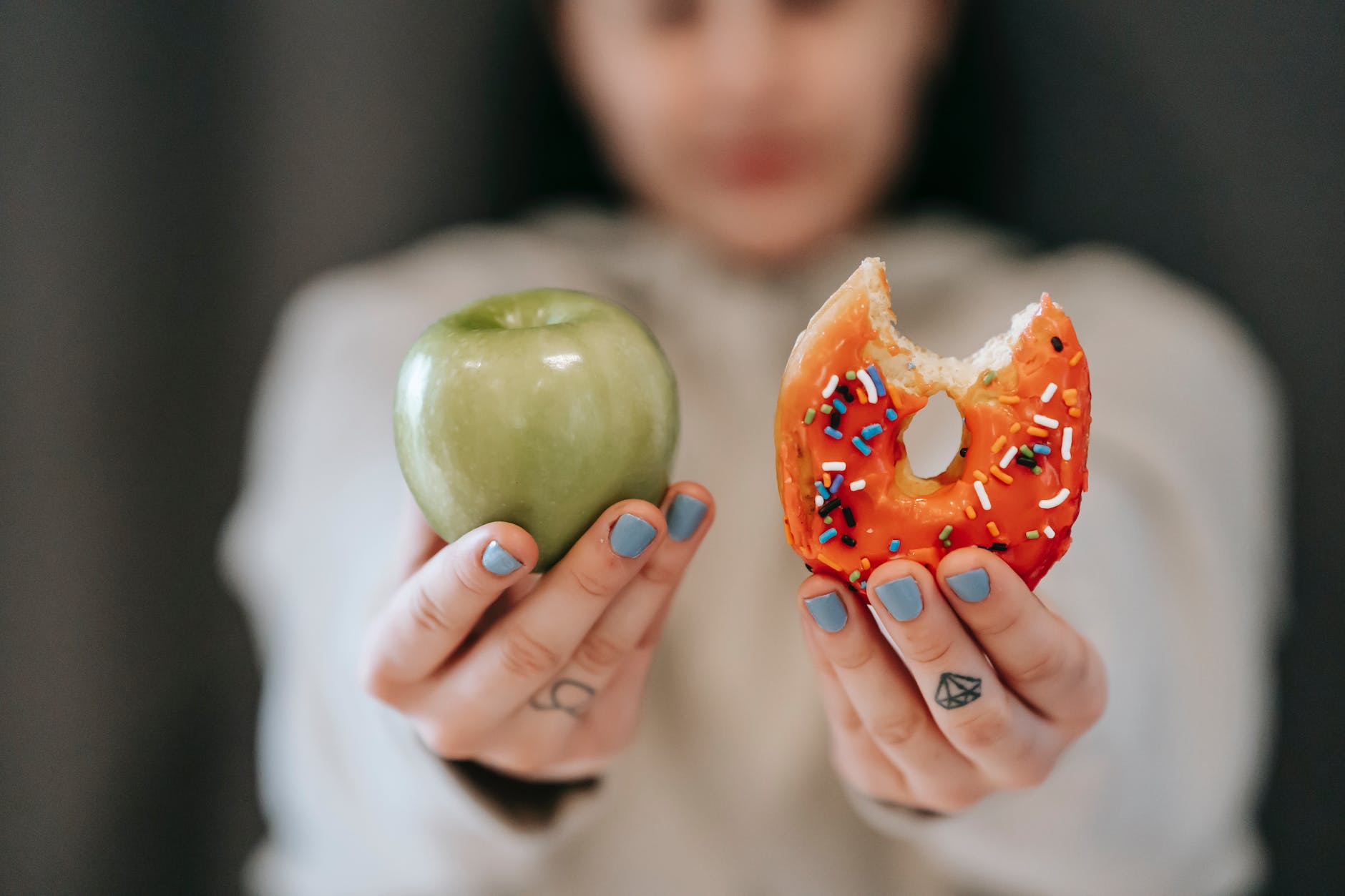Growing up, you must’ve heard “you can have candies after finishing your meal” often. Parents don’t like it when their child only wants to eat sweets. But did you know that offering sweets during meals helps prevent picky eaters?
We all know too well that when a child eats too much sugar, her appetite for real foods disappears. Not only that, they become so hyper making adults have a hard time controlling them.
What causes a child to crave sugar
Children need sugar because it helps them grow. Besides that, breastmilk and amniotic fluid taste sweet, so they are familiar with the sweet taste even before they started eating solids. And sometimes, they need sugar to satisfy their hunger and for that energy boost.
So, the question is, how much sugar should a child have a day? The American Heart Association recommends that children ages 2 to 18 should not have more than 6 teaspoons (25 grams) of sugar a day.
A fun-size package of Skittles already contains 15 grams of sugar. In almost all the food that we eat, there are many hidden sugars. So, if you want to avoid too much sugar toddler behavior from happening, avoid making sweets a big deal.

Stop making sweets a big deal
Have you noticed that anything you ask your child not to do, they are likely to do? If you tell your toddler not to insert her finger into the socket, it becomes her favorite thing to do. When you react negatively to how your child turns the TV off while you are watching, your child will surely repeat the action for the nth time.
Similarly, when you make a big deal about your child eating sweets, you are likely signaling your child that sweets are better than any other food you will offer. When you tell your toddler that she can only have sweets or dessert after meals, you are increasing her likelihood of craving sweets. Instead, here are some things you can do to avoid a child to crave sweets:
Offer sweets or desserts during meals
I and hubby are not a fan of sweets. However, sometimes, our toddler would ask for fruits and other sweets during meals. When this happens, I try my best to act neutral and just give in to his wants.
And what I noticed is that he continues eating his meal after finishing his “sweets.” However, I always limit his sweets intake by telling him that we’ll have only a piece and save the rest for later. More often, my toddler agrees and would tell me to keep the rest in the ref.
So, I learned it is true that children eat fewer sweets when taken with meals. I was hesitant to do it at first because I grew up knowing that sweets should be served after meals. However, since a study has proven that it helps to incorporate sweets with meals to help decrease sweet intake, I tried it, and it miraculously worked.
Avoid using sweets as rewards
When kids know that they can have sweets only when they do good, it leaves an impression that sweets are better than real food. Since they have to work hard to have sweets, they are more likely to crave sweets more than their meals.
Treat sweets as normal food
When we parents overreact to something, it makes our children more likely to be intrigued, making them want more. When we treat sweets as something that should be eaten on certain occasions, it makes our children get overly excited about them.
If we want to avoid that to happen, we should treat sweets as normal food.
And the best way to do so is to…
Offer sweets during meals to help prevent picky eaters
One of the problems that are hard to handle is the toddler picky eater stage. And parents want to avoid their children secretly eating sweets just because of limited access. So to avoid that, it’s better to teach our children that sweets are just like any other food that we offer them.
How to help a child with sugar addiction
You now know that eating sweets with meals can help control sugar cravings. However, you might ask, “What can I do now that my child is addicted to sugar?” So, here are some tips for you to help a child with sugar addiction.

Set boundaries firmly
Every family has its own rules. What works with others might not work with yours. However, when you set boundaries, be firm to avoid your kids getting confused. When you allow sweets during meals, you can limit their intake.
Do not shop for sweets
When children do not see sugary treats and drinks, they are less likely to want them. When you go grocery shopping, you can also avoid going into the aisle of sweets, so you are less likely to get stuff from it.
What if other people keep giving sweets to your child? You can give some to your child, and save the rest for the less unfortunate. That way, you are not only helping your child with her sugar cravings, but you are also making other people happy.
Offer alternatives
Many other food satisfy your child’s sugar cravings that are less harmful to their health. You can offer fruits and fresh fruit juices so your child can still get the sugar she needs. Or you can also give lemon water to suppress their sugar cravings.
The Takeaway
There are many bad effects of sugar on a child’s behavior. Apart from that, we know that having too many sweets can have negative effects on your child’s health. So, as much as possible, if we can limit their sugar intake, it will be better.
And I believe it helps when we offer sweets during meals to normalize eating them and avoid making a big deal about it. I hope that this tip can help your child avoid becoming picky eaters.
What is your picky eater strategy for your child? Share them in the comment section below!














3 thoughts on “Why Offering Sweets During Meals Helps Prevent Picky Eaters”